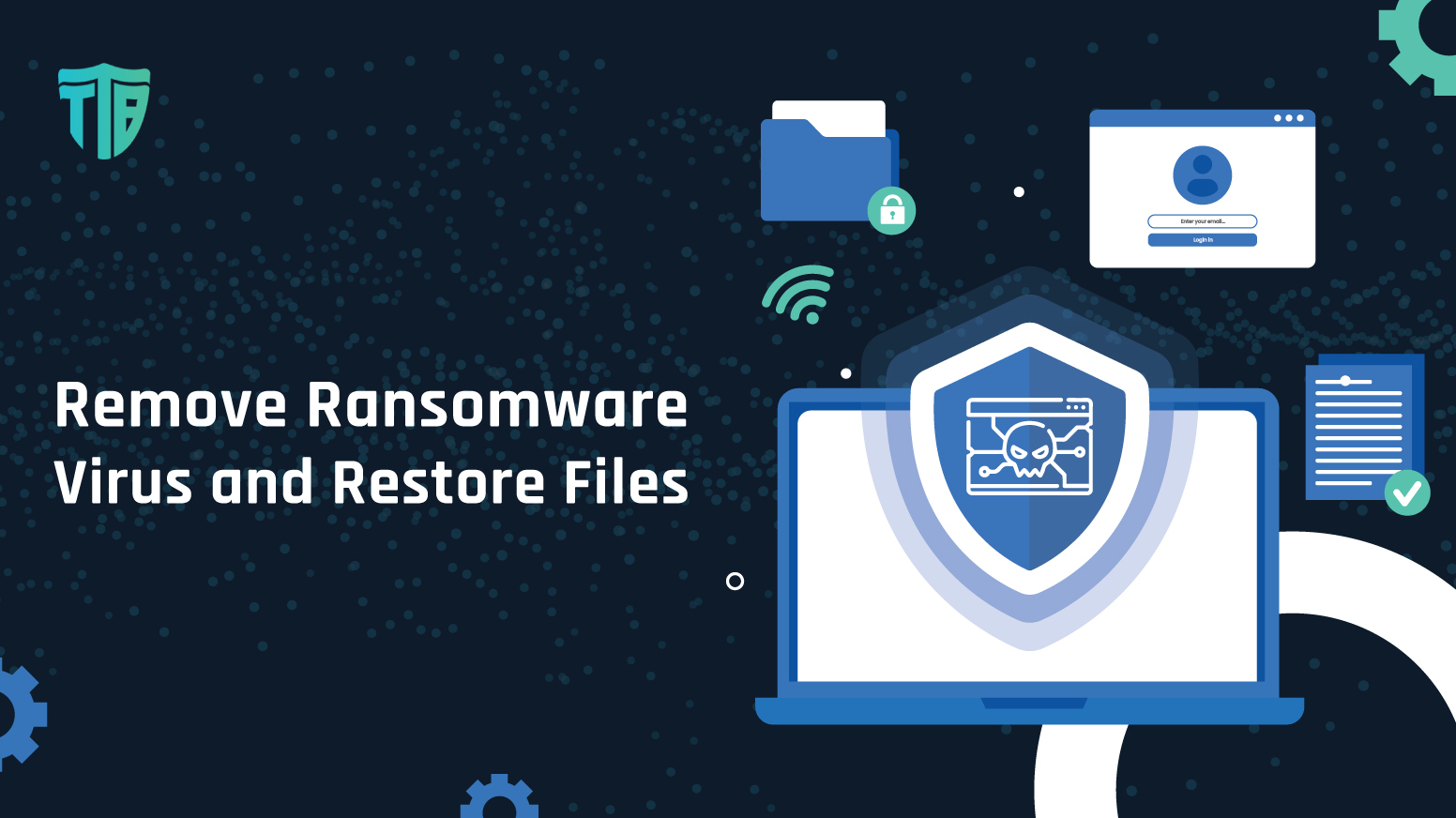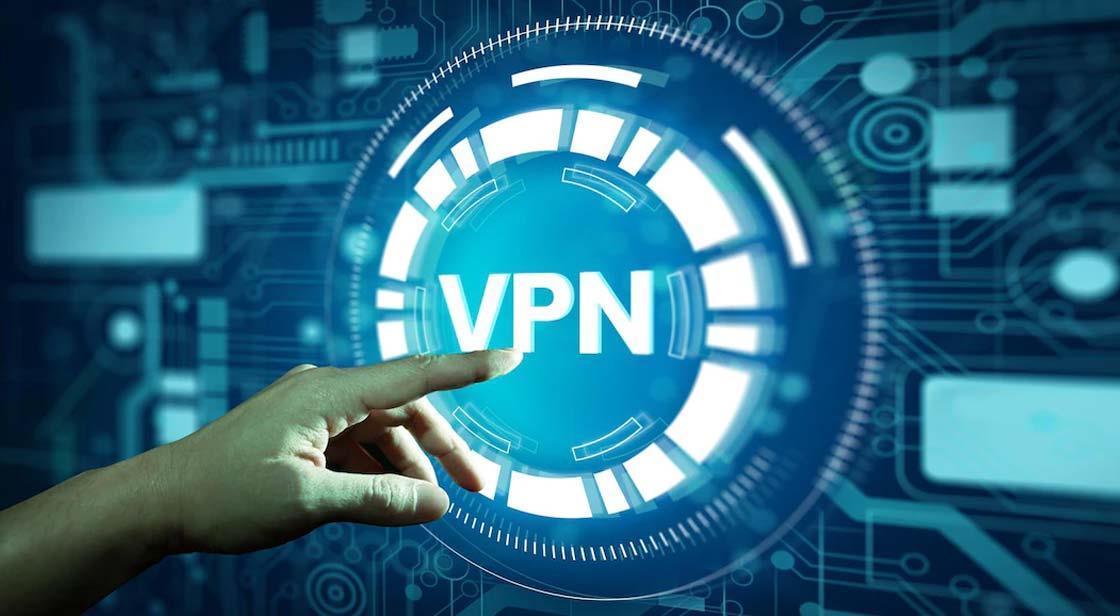Fundamentally speaking, ransomware means that your operating system is being blocked or your data has been encrypted by cybercriminals. Usually, these cybercriminals demand a ransom amount of money for decrypting your data and/or unblocking your system.
Ransomware can enter into your device in several ways. Some common ways include unwanted add-ons in spam or downloads and infections from malicious websites.
Moreover, both individuals & companies may get targeted by these ransomware attacks. You can undertake various protective measures to protect your operating system & data with vigilant eyes. So, follow this blog carefully and check out the ways to remove ransomware viruses and restore your operating system.
How Can Ransomware Get on Your Computer?
Ransomware is frequently distributed through drive-by downloading or phishing emails containing malicious attachments. Drive-by downloading usually occurs while a person unconsciously visits the infected website. Then, the malware is downloaded to your device without your knowledge.
Even crypto-ransomware is distributed through indistinguishable methods and has been spread via social media channels as well. In addition to this, newer ways of spreading ransomware viruses have also been observed. For instance, hackers exploit vulnerable web servers to access a company’s data network.
How to Detect a Ransomware Attack on Your Computer?
The initial variants of ransomware viruses used a specific file extension, such as .crypt. However, the newer ransomware variants may use different types of extensions, and even some keep the file name intact. Due to this, you must look out for the attack’s multiple symptoms, such as the following:
Look Out for Unknown File Extensions
Despite the list of ransomware file extensions is rapidly growing, it is quite a useful way of detecting suspicious activities. But before doing anything, you need to monitor the file activities carefully in a real-time & historical record of the files’ and folders’ activity.
Be Careful of Constant File Renames
File renames aren’t a usual action when we talk about the activities on the files you share. During a usual day, a few file names may change if the network has hundreds of members. But when ransomware virus attacks, it results in an enormous increase in file name changing.
Increased Disk/CPU Activity
Ransomware viruses can drastically increase the use of system resources. So, shut down the normal apps & processes on your device and check if the disk/CPU activity is higher than normal.
Encrypted Files & Folders
Last but not least, if you are trying to open a file and find out that it is encrypted, it’s a clear sign of a ransomware attack. Thus, you must take serious action to solve this matter.
While ransomware viruses can cover their tracks and conceal their transfer, they may create enormous network traffic. You can detect this unusual network traffic to reach the original ransomware file and you can delete the file.
How to Remove Ransomware Virus from Your Computer?
Despite the security measures & proper preparation, ransomware viruses will fail your system’s security defenses. At this stage, it is crucial for you to discover the ransomware and prevent it from spreading to other devices. So, go through the following section and learn about how you can remove the ransomware viruses from your computer.
Isolate Your Infected Device
Quickly disconnect your infected device from wireless or wired connections, including the internet, smartphones, flash drives, hard drives, etc. This will put an end to growing further to other devices. Moreover, you also need to check if the previously connected devices are damaged by ransomware or not.
Determine Your Ransomware Type
Being aware of the ransomware virus type that has attacked your computer can help in bringing it to an end. But this may be impractical if your device has been infected by a locker ransomware. As a matter of fact, locker ransomware viruses can block your access to the device. Thus, you must seek out a cybersecurity expert who can examine your device and eliminate the ransomware virus.
Eliminate the Ransomware Virus
Before recovering your computer, you must precisely remove the ransomware virus. There are a few ways which you can use to remove the ransomware. Firstly, you can use anti-malware or anti-ransomware software.
Otherwise, remove the virus manually by uninstalling the software originating the Ransomware virus. But if you are still unable to remove the virus, you can also ask the cybersecurity experts to remove the ransomware.
Recover Your System Files
You can recover the files of your system by restoring your device’s previous version before the malware attacks. If your system backups weren’t encrypted, try restoring them by making use of the “System Restore” function. Kindly note that you cannot recover the files & folders that were created after the previous backup.
Summing Up
By now, your system should recover from the Ransomware virus by following the recovery methods mentioned in this article. This blog post fundamentally explains how the ransomware virus can get into your computer and you can detect the virus. Moreover, it also explains how you can recover your system from this virus.
But for any reason, if you are unable to recover your system, contact our technical support team right away. Our technical support team will guide and help you throughout the recovery process. Moreover, they will also help you restore your system files quickly.




